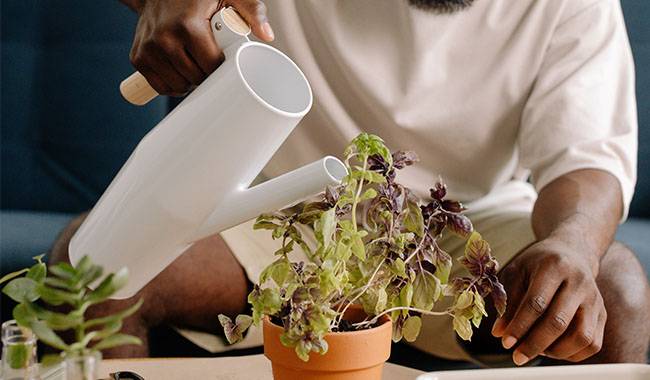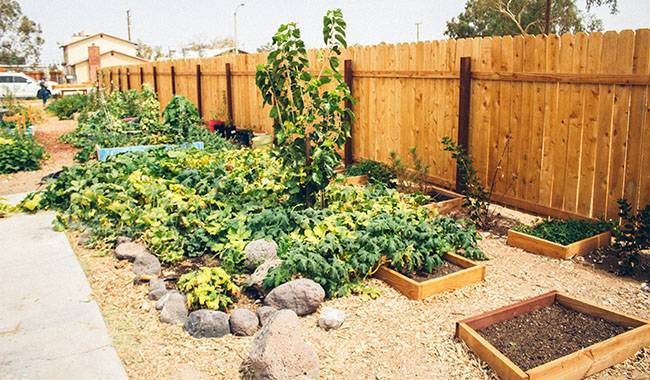
In your garden, you can grow not only ornamental crops but also healthy crops. Not only medicinal plants, herbs, vegetables, fruits, and berries, but also herbs plants. They not only allow you to make your herbal teas but are also essential in folk medicine and cooking. Every gardener has a unique opportunity to buy herbs at a pharmacy and grow herbs plants in their plot, continuing a centuries-old tradition dating back to monastic gardens. What’s more, most herbs are not only helpful but also exceptionally beautiful. You can form your herb garden or decorate vegetable gardens, flower beds, and potted gardens with herbs.
Here are seven types of herbs plants that are worth growing for everyone.
Mint
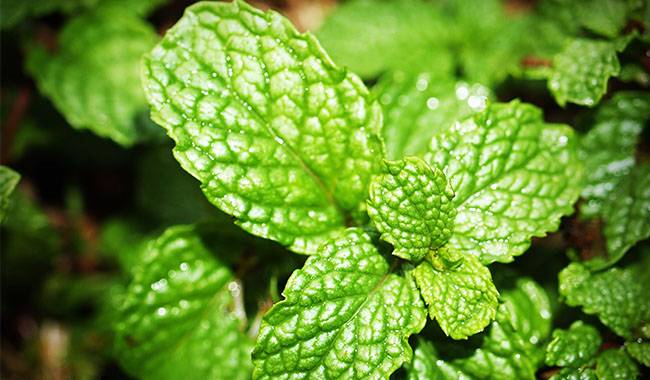
Mint plant is a plant that can amaze people with its strength. It is highly branched with deep, stout roots and upright, tetrahedral shoots. It rarely grows to a height of more than 40 inches (1 meter). The branches are arranged opposite each other by ovate, slightly elongated leaves with beautifully serrated edges that are pleasant to the touch. Inflorescence spikes of light purple or white flowers form at the tips of the shoots. Mint plant flowers bloom all summer long.
The most popular and potent variety is Peppermint (Mentha × Piperita, also known as Mentha balsamea Wild), which has a high mint content and is easily recognized by its pretty lilac-blue leaf margins. But species of mint, such as Spearmint and Wild Mint, can also be classified as medicinal plants. As far as decorative properties are concerned, mint is a real winner. A large group of fresh-looking, unexpectedly green plants provides a beautiful backdrop and looks great in flower beds, containers, under trees, and in the background of shrubs. Mint is very fragrant and wraps the surroundings with a noticeable scent trail.
More Related Planting & Growing Mint Plant
Growing and caring for Mint plant
Mint plant prefers humidity and bright light but will survive even in the shade. It requires little care. The only disadvantage of the plant is its short lifespan: Mint plant stays in one place for about 2-3 years and tends to “disperse” to neighboring areas, losing planting density, so it must be constantly updated or mixed with other aggressive herbs. It is best to protect plantings over the winter with dry leaves or similar cover in central and more northern locations.
How to use the Mint plant
Mint is known for its analgesic, antispasmodic, and antiseptic properties, its ability to widen blood vessels, its digestive properties, and its ability to relieve digestive disorders’ symptoms. The mint plant is known for its sedative effects both internally and externally, in the form of lotions and tinctures for arthritis, rheumatism, inflammation, and skin conditions. It freshens the breath, reduces acidity, calms the heartbeat, relieves anxiety and stress, and helps fight heat and fatigue.
When to harvest Mint plant
Mint plant should be harvested in July and August when it first blooms (preferably in the morning or at dawn).
Mugwort
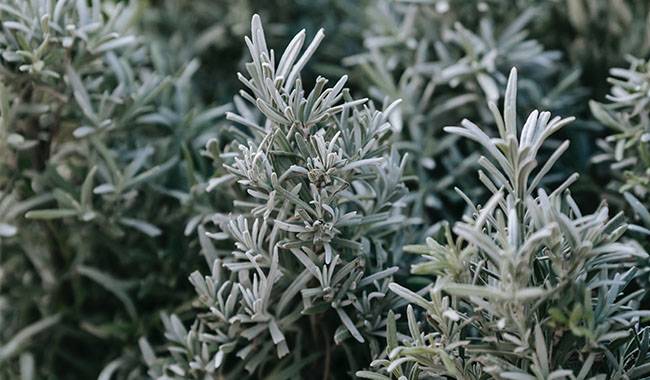
Mugwort plant varieties are perennial herbs up to 40 inches (1 m) tall that retain distinctive silvery, almost gray leaves. The leaves grow alternately on ribbed, straight, fairly branched shoots. The rhizomatous leaves have narrow, straight lobes that are trifid, while the cauline leaves are pinnate and transform into entire inflorescences on compound panicles.
Mugwort plant is a very aromatic plant with a strong, pungent, bitter fragrance from its leaves and small yellow flowers, including its roots. mugwort plant flowers from June to August.
The herbaceous, medicinal, and common Mugwort plant (dark green leaves and red flowers) is used in folk medicine. However, certain species of Mugwort plant, especially citrine, need to be handled with great care because of their toxicity (it develops into a low shrub, unlike the safer species).
In garden design, medicinal Mugwort plants will create spectacular patches of silvery gray that fit into any natural style composition. They perfectly complement the beauty of greenery, create a beautiful backdrop for colorful flowering plants, help soften the fancy colors and create a harmonious overall composition.
Types of cultivation and care
All Mugwort plants are drought tolerant and completely frost resistant. They need good light, poor and permeable soil, and require little care. Mugwort plants are very suitable for pruning and shaping and can be raised to a stand form by pruning.
What is the use of the Mugwort plant?
The mugwort plant is one of the most bitter herbs in the herbalist’s arsenal. However, its unpleasant taste does not diminish its popularity. Mugwort plant has good analgesic, sedative, and healing properties. It is used to treat gastrointestinal and gallbladder disorders, septic wounds, bruises, and problems with compounds. The mugwort plant has a stimulating effect on the central nervous system and heart.
When to harvest Mugwort plant
Mugwort plant is harvested in June and July during germination and flowering for drying and infusion.
Yarrow
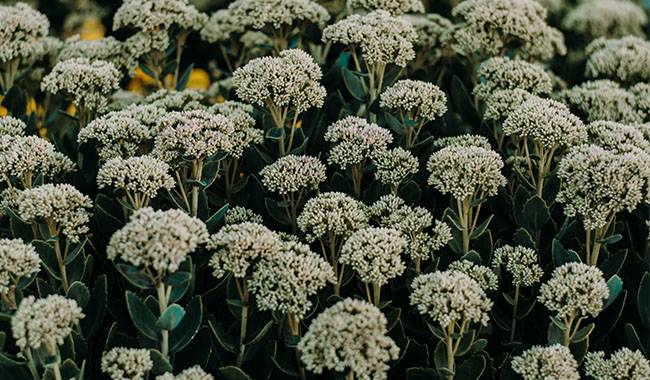
The most popular Yarrow plant today remains a medicinal rather than an ornamental species. Yarrow plant is the tallest of the genus, growing to 30 inches (80 cm) (all Yarrow plant plants not suitable for traditional medicine are shorter and have larger, more dense inflorescences).
Snow-white or pink inflorescences clustered above a mass of long, pinnately divided leaves form a fanciful lacy background that gives the plant its special charm. Yarrow plant blooms throughout the summer and into mid-autumn. Even the basic medicinal species come in many varieties with a range of pink and white flower types.
Yarrow plant blends well into any composition, forming a lovely backdrop that is attractive year-round but often aggressive and self-seeding.
Medicinal Yarrow plants can be used in low hedges or tall flower beds as a connecting and coordinating element in compositions dominated by vertical candelabra.
Types of cultivation and care
Yarrow plant plants prefer high temperatures and bright sunlight. They can be rooted in any (except over-watered) soil, although maximum decorative effect and growth rate can be achieved in fertile calcareous soil. The Medicinal Yarrow plant does not need to be fed or watered. It tends to go bald and needs to be divided at the right time (once every 3-4 years).
What are the benefits of the Yarrow plant?
The Yarrow plant is known for its hemostatic, soothing, and diuretic properties. It is an excellent wound healer, stops bleeding from various causes, helps to organize the gastrointestinal tract and kidneys, and has a sedative effect.
When to harvest Yarrow plant
Yarrow plant is harvested during flowering, individually from the top of the inflorescence or shoot, together with the inflorescence, not exceeding 6 inches (15 cm) in length.
Calendula officinalis
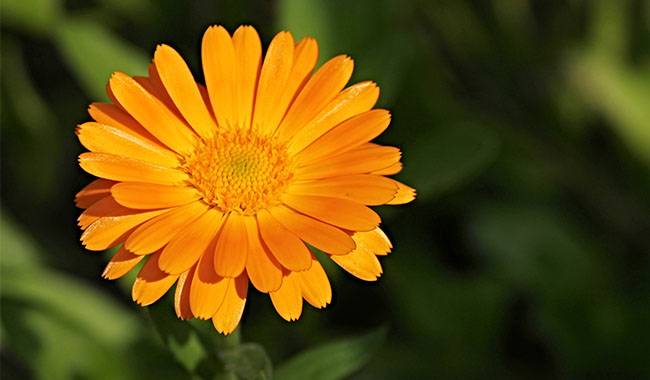
Calendula officinalis (Pot marigold) is a vigorous, leafy annual that grows from 8 inches (20 cm) to nearly 40 inches (1 m) tall. The angular, light-colored shoots are densely covered with bright, single-tongued, or oval leaves. Bright orange to sunny yellow basket-like inflorescences with a bitter, fresh fragrance bloom at the top.
A distinctive feature of Calendula officinalis is that even the most brightly colored Calendula officinalis varieties retain their medicinal properties to a greater or lesser extent. Many are even more medicinal than the basic wild Calendula officinalis.
Calendula officinalis is a great choice for kitchen garden decoration (it can even be planted among rows of vegetables or herbs), especially since it protects plants from pests and diseases. It can be used in borders, flower beds, squares, and groups. Low-growing varieties can be planted as pots or containers.
Types of cultivation and care
Calendula officinalis can only be cultivated as a summer plant, but it is tough to grow. Calendula officinalis is sown directly into the soil and blooms from June until frost. It prefers sunny, fertile, loose, and fairly moist soil and is best fertilized before sowing or overwintering. Care is limited to watering in drought and cutting back the inflorescence, encouraging the continued release of brightly colored baskets.
What is Calendula officinalis used for?
Calendula officinalis is known for its antiseptic, soothing, regulating, anti-inflammatory, and astringent properties. It is used to treat gastrointestinal and liver disorders, as a cholagogue and diuretic, as a healing and soothing medicine for skin, throat, and mouth injuries, and to regulate menopausal disorders. It is an essential herb for skin care.
When to harvest Calendula officinalis
Only the inflorescences in the basket are harvested for medicinal purposes. They are cut off after opening when the outer ligule is quite horizontal, and the inflorescences without pedicels are removed.
Lemon balm
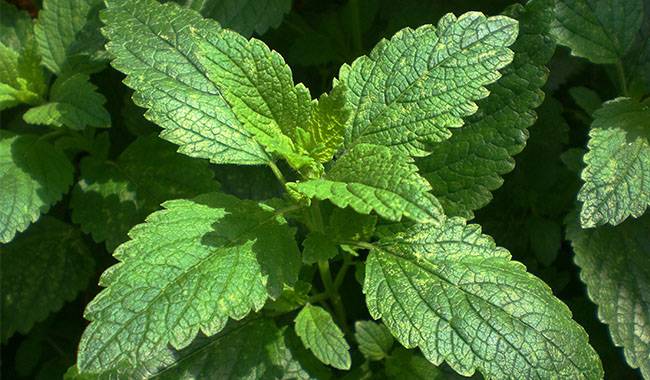
The surprisingly faint lemon scent is a distinctive feature of Lemon balm or medicinal Lemon balm, but it only occurs before and during flowering.
The lemon balm forms dense clusters up to 40 inches (1 meter) tall, slightly pubescent, and densely branched. Light, dark, and vivid green colors, beautifully serrated edges, and neatly arranged leaves only add to the brilliance of the entire plant.
The flowers are in the axils, not at the tips (that’s how you can tell it from the cockscomb, often confused). They are pinkish-white, inconspicuous, and open in July and August. Medicinal Lemon balm is also available in a mottled form, which retains all its medicinal properties.
Lemon balm is one of the most colorful green crops, producing rich, juicy patches. The lush turf makes it always look festive, enhances deciduous ornamentals nicely, and creates a strikingly beautiful backdrop.
Types of cultivation and care
Lemon balm prefers to grow in full sun or semi-shade and only needs drainage and fertile soil to keep it in good condition. Lemon balm can be cared for by simply cutting back the shoots when necessary.
What are the benefits of Lemon balm?
This lovely plant has at least the same calming effect as mint (albeit in a milder form). Angelica has antihypertensive, nervous system stabilizing, antiarrhythmic and anticonvulsant properties.
It is effective for stomach disorders, nausea, loss of appetite, insomnia, nervous disorders, dystonia, and the relief of premenstrual syndrome. Lemon balm is also used to treat inflammation of the oral mucosa.
When to harvest Lemon balm
Collect Lemon balm before it blooms, before it sprouts, and dry it as quickly as possible. All shoots can be cut off the woody part.
Salvia officinalis
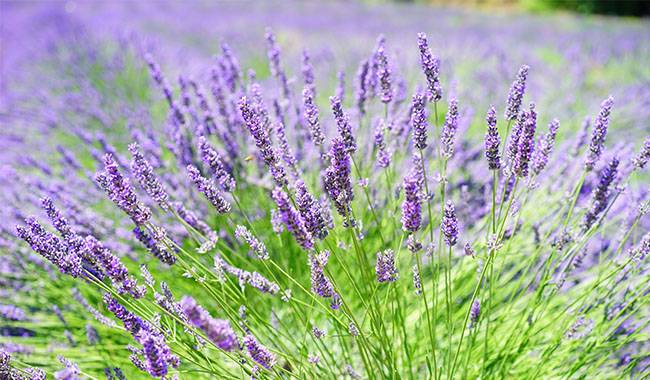
Salvia officinalis (Common sage) is one of the oldest medicinal plants. It is a perennial herb that forms a dense shrub up to 20 inches (50 cm) in height. It is distinguished by its quadrangular shoots and its opposite, solid, rather large leaves, which are shallow at the base.
The dense thickets give the leaves a gray appearance. At the tips of the shoots, spike-like panicles consist of complex whorls. The flowers are usually lilac or purple.
Salvia officinalis blooms in June and July. Today, it has many ornamental varieties with variegated, purple, white, and yellow leaves.
Salvia officinalis is considered an ornamental foliage plant and creates very pretty spots with a distinctive silvery or velvety texture. It is a great addition to any flower bed or garden and can blend well with almost any other plant and last for decades.
Types of cultivation and care
Salvia officinalis prefers to grow in full sun, dry, lime-laden, but not too light soil with good drainage. Care is limited to 2/3 pruning of shoots. Salvia officinalis is not sufficiently frost-tolerant in winter conditions and may overwinter, but in comfortable conditions and with normal snowfall, it can even successfully survive severe frosts.
It is usually cultivated as an annual (due to the long development cycle, it is best to sow seedlings), but don’t be in a hurry to throw it away in autumn: even without mulch (and even more so with mulch), Salvia officinalis has a chance to overwinter and keep you happy for more than a year.
What Salvia officinalis is good for
Salvia officinalis is considered a major herbal remedy for toothache and gum problems, throat gargles, and sore throats. It is used as an astringent, an antibacterial agent, a soothing agent for upper respiratory tract disorders, especially bronchitis, and for gastritis, hepatitis, hair loss, and pustular wounds.
When to harvest Salvia officinalis
Only the leaves of the medicinal Salvia officinalis are harvested. Therefore, they are best harvested in the morning when the concentration of the essential oil is highest.
Rosemary
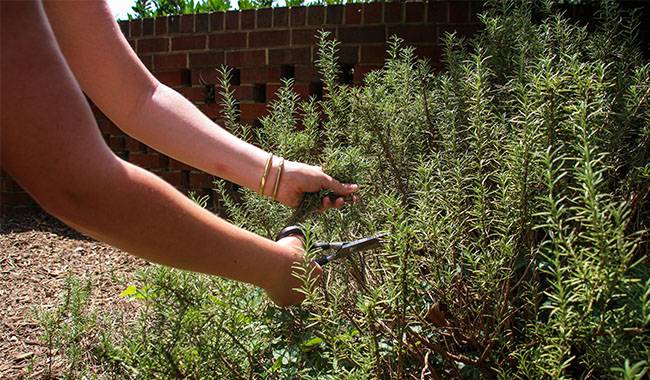
Evergreen Rosemary is not only one of the most popular herbs in cooking. It is also an important medicinal plant.
This holly shrub grows up to 60 inches (1.5 m) tall with strong woody grayish shoots and narrow, flattened pinnate leaves that densely decorate the branches. Cortical and sessile give the plant a wonderful texture and beauty with a strong fragrance and beautiful dark or gray color. Dense, light-colored panicles appear from early spring to late fall, enhancing the beauty of the plant.
More Related Planting & Growing Rosemary Plant
Growth and care
Rosemary is a Mediterranean plant that can only be grown in open ground with shelter in areas with harsh winters, depending on what is planted that is already mature and hardy and (luck).
In most cases, Rosemary is grown as a potted plant in a light shade for the winter or as a semi-room crop. Rosemary can be buried in soil for the summer and then moved back into containers.
Rosemary needs alkaline, well-drained soil; it tolerates stony and sandy soils and does not respond well to over-watering or acidity.
It is planted on the southern slopes of rock gardens and in the sunniest areas. Care can be boiled down to aeration, constant feeding of the potted plant, and light pruning, which is best done in mid-spring.
What are the benefits of Rosemary
Rosemary is one of the most effective tonic herbs for raising blood pressure, relieving anxiety and symptoms of stress and depression. It is as effective as herbal conifers in treating respiratory disorders, asthma, sore throats, headaches, and unpleasant symptoms of chronic diseases or joint and muscle injuries. Rosemary is also indispensable for treating dermatological problems and for treating oily or problematic skin.
When to harvest Rosemary
Rosemary can be harvested at the beginning of its active growth, before and during flowering, either by cutting off the shoots along with the leaves or by using only the leaves and not the shoots.






